Πυθαγόρας, Αρχιμήδης και ινδικές μαθηματικές θεωρίες
Ενότητα:
Άρθρα του περιοδικού "Φιλοσοφία"
Χρονολογία έκδοσης περιοδικού
1985-1986
Περισσότερα...
Τύπος
Επετηρίδα
Συγγραφέας
Φίλη, Χριστίνα
Περισσότερα...
Τίτλος άρθρου/ανακοίνωσης
Πυθαγόρας, Αρχιμήδης και ινδικές μαθηματικές θεωρίες
Γλώσσα: Ελληνικά, Νέα (1453-)
Θεματική ενότητα άρθρου/ανακοίνωσης
Ιστορία της Φιλοσοφίας
Γλώσσα άρθρου
Ελληνικά - Νέα (1453-)
Αγγλικά
Περίληψη άρθρου
The article deals with the parallelism between the theories of Pythagoras and Archimedes and the Indian theories of Samkhya and Lalitavistara. The common points between the Pythagorean teachings and the older, Indian Samkhya philosophy are: the knowledge of the irrational numbers the doctrine of the five elements of matter, the founding of both teachings on the concept of number and others. Archimedes, with his calculation in Psammites, and Lalitavistara have as a common aim the measurement of dust particles contained in the universe. They both specify an enumeration of numbers on two scales. The difference between these two mathematical treatises lies in their implementation. The Indians confine themselves solely to calculus whereas Archimedes adds a philosophical dimension.
Λέξεις -κλειδιά
Πυθαγόρας
Αρχιμήδης
Μαθηματικά
Creative Commons
Αναφορά Δημιουργού - Μη Εμπορική Χρήση - Παρόμοια Διανομή 4.0 Διεθνές - CC BY-NC-SA

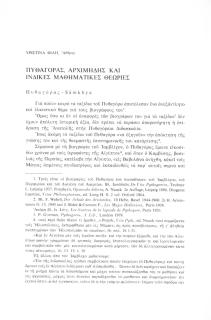
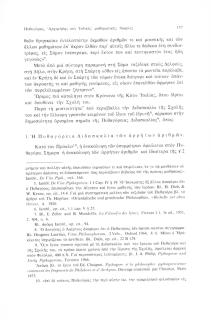
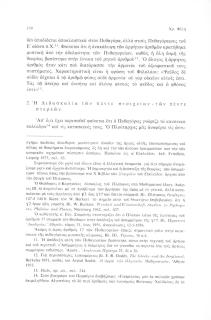
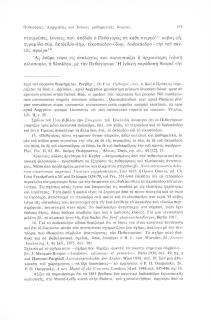
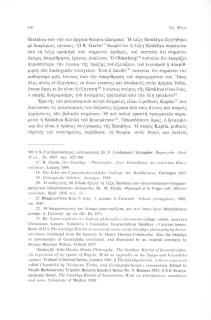
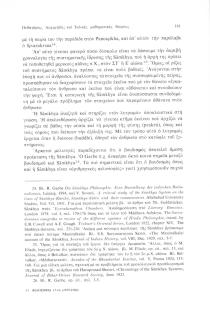
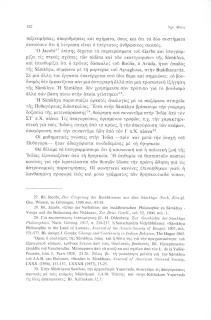
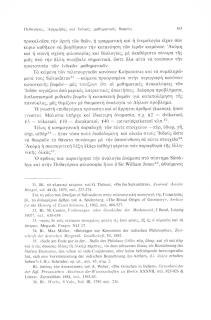
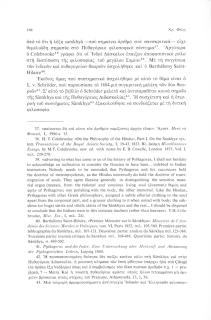
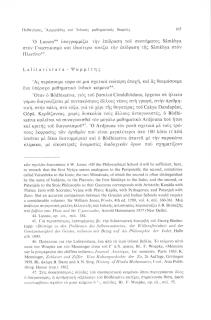
 Voir le fichier PDF
Voir le fichier PDF